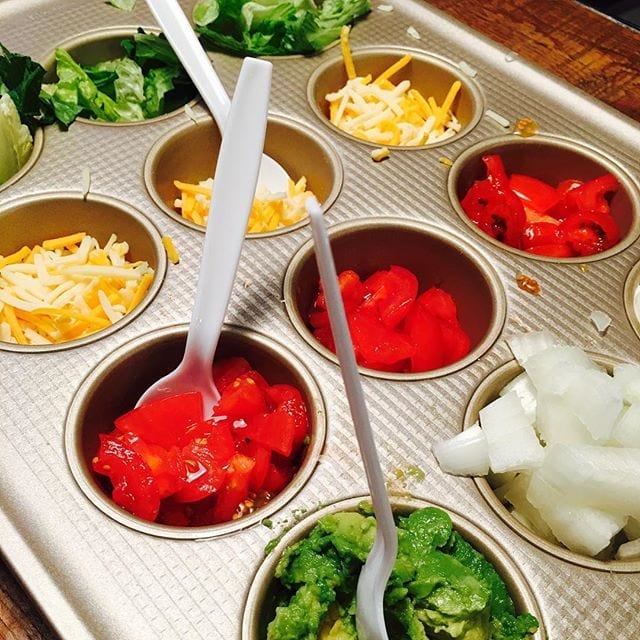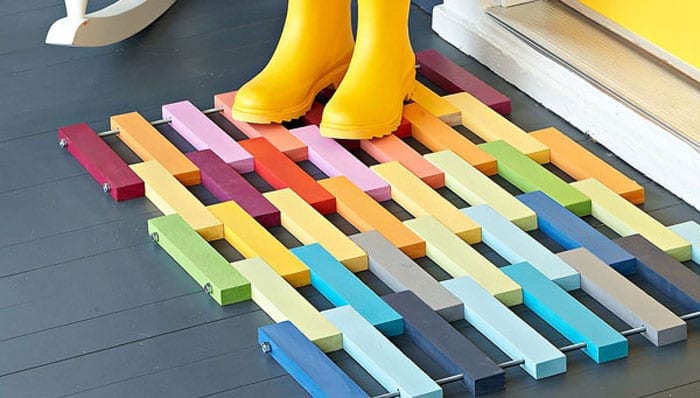We have all heard or been victims of horror moving stories, particularly those regarding the packing/unpacking process. From broken china and stemware to forgotten and unorganized items, preparing for a big move can lead you to an even bigger migraine than is to be expected, come moving day.
With summer as the peak season for relocating, FlatRate Moving, the nationwide leader in the moving and storage industry, knows it’s important to take precautionary measures when it comes to packing your valuables and personal belongings for a move. By seamlessly relocating the U.S. for the past 20 years, the experts at FlatRate Moving have compiled a list below of “9 Do-It-Yourself Packing Tips and Tricks” to ensure your items get to your new home safe and sound.
1. Start packing now. You should start with items (books, etc.) you rarely use.
2. Protect your items. Use packing material to protect your items – newspapers are effective and readily available.
3. Separate. Be sure to separate your breakable items from your non-breakable items so the appropriate boxes are given extra care – mark them “FRAGILE.”
4. Boxes. Buy an assortment of quality boxes in standard sizes.
5. Watch the Weight. Pack all boxes as tightly as possible, but watch the weight. Load heavier items on the bottom to maintain balance – no box should ever weigh more than 50 lbs. 20-30 lbs. maximum is preferable.
6. Tape. Use real packing tape, not masking tape – it’s not strong enough.
7. Labeling. Label boxes clearly, on several sides and each label should be legible, even if the boxes are stacked in a corner. Be consistent with your labeling method, and start an overall inventory list. It also helps to list the general contents on the outside of the box for quick reference.
8. Essential items. For a box that contains items you’ll need immediately (cooking utensils, toiletries, remotes, etc.), mark “OPEN FIRST” on the outside of the box.
9. Even more essential items. Carry irreplaceable items with you, along with immediate necessities like cell-phone chargers and personal items, in a special suitcase or bag.
Here are more tips for other items you may need to pack:
Books
– Place the spine of each book facing up (exposing the name). If necessary, books can be laid down on top of the first layer, and some can stand on the side of the box. If there is any empty space left in the box, fill it with packing paper.
– Place a clean piece of paper between books to prevent them from sticking to each other.
– Keep the weight of the box manageable (between 20-30 lbs).
Photographs
– Photos, videos, and film negatives should be packed separately from other household items. They may be irreplaceable.
– Protect your framed photos with padding, standing each on edge within the box.
– Label containers clearly to easily identify their contents.
– If the item is truly irreplaceable, carry it with you.
China /Dishware
– Before packing china, cushion the bottom of the box with plenty of crumpled packing paper.
– Carefully wrap each larger piece of china individually with packing paper, and bundle up to three similar pieces together with one piece of paper.
– Place each bundle into the box, standing upright to form a standing row. Do not lay them flat. Surround each bundle with plenty of crumpled paper.
– Level 2-3 inches of crumpled packing paper on top of the bottom row, to support the next row of bundles.
– The upper row should be comprised of smaller articles cups, saucers, etc. – to keep the box properly weighted with heavier items at the bottom.
Stemware
– Each piece of stemware should be wrapped in clean packing paper.
– Stuff packing paper into each goblet and then wrap it around the stem.
– Cushion stemware with a final thick wrapping of paper, and place the item in your container STEM UP.
Bottles & Liquid Containers
– Seal all bottles by wrapping tape around their lids.
– Wrap bottles in packing paper. Prepare boxes with crumpled paper, at the bottom, and place your bottles on top. Add more packing paper, padding the sides and top.
Computers & Electronics
– Take photos of your wired connections and label the cables. Consider using colored ties from a container or office supply store.
– Disconnect all wires and cables. Bundle these items together with their components for quick reassembly.
– Place the item in the prepared box, and pad heavily on all sides to prevent damage.
Food
– Pack food items last, after all other packing has been completed.
– Do not pack perishable food items, even for local moves.
– Seal all box openings with tape.
– Place small spice jars and containers into a small box first, and then into a bigger one. Remember to use tape to seal spice containers when necessary.
– Limit the amount of canned goods and heavy objects you place into each box to maintain a reasonable weight.
Lampshades
– If possible, separate the lampshade from the lamp base.
– Make sure to handle a lampshade by its wire base only.
– Surround the lampshade with clean packing paper. Lampshades can be nested inside each other, separated by paper. Keep them at the top of the box and well padded.
Shoes
– Pack shoes into shoeboxes or clear zip lock bags. Then group them into a bigger linen box.
– If shoeboxes are not available, wrap each shoe in clean packing paper to minimize abrasion.
Figurines/Knickknacks
– Wrap statuaries and figurines with bubble wrap. Consider packaging some items with smaller bubble wrap first. Then layer the outside with larger bubble wrap. Exceptionally fragile items may require additional protection. Pack foam peanuts tightly around the piece as added padding and to ensure the item remains in place. Recyclable peanuts are available.
– If bubble wrap is not available, wrap clean paper around the item until it is well cushioned.
Modern Day Moms
Modern Day Moms is an award-winning publication centered around motherhood that is real and unfiltered. Basically, we don't sugarcoat anything and aren't afraid to tell you the truth. Let's be best friends, we will make you feel more normal.





1 COMMENT
Joanna
12 years agoThis is really helpful! One variation — I wrap my fragile items in the clothing items I don’t use very often (off-season, tee shirts, etc). It’s free, and it cuts down on having to then pack those clothes, too! I’m not sure if it’s quite as cushioned as packing paper.